I always enjoy a visit to the ancient town of Tavistock, which is situated on the River Tavy in West Devon. It can trace its history back to at least 961 when Tavistock Abbey was founded, and whose ruins can still be seen in the centre of the town. Tavistock lies close to Dartmoor, and it is believed a hamlet was established there as the River Tavy runs wide and shallow allowing it to be easily crossed.
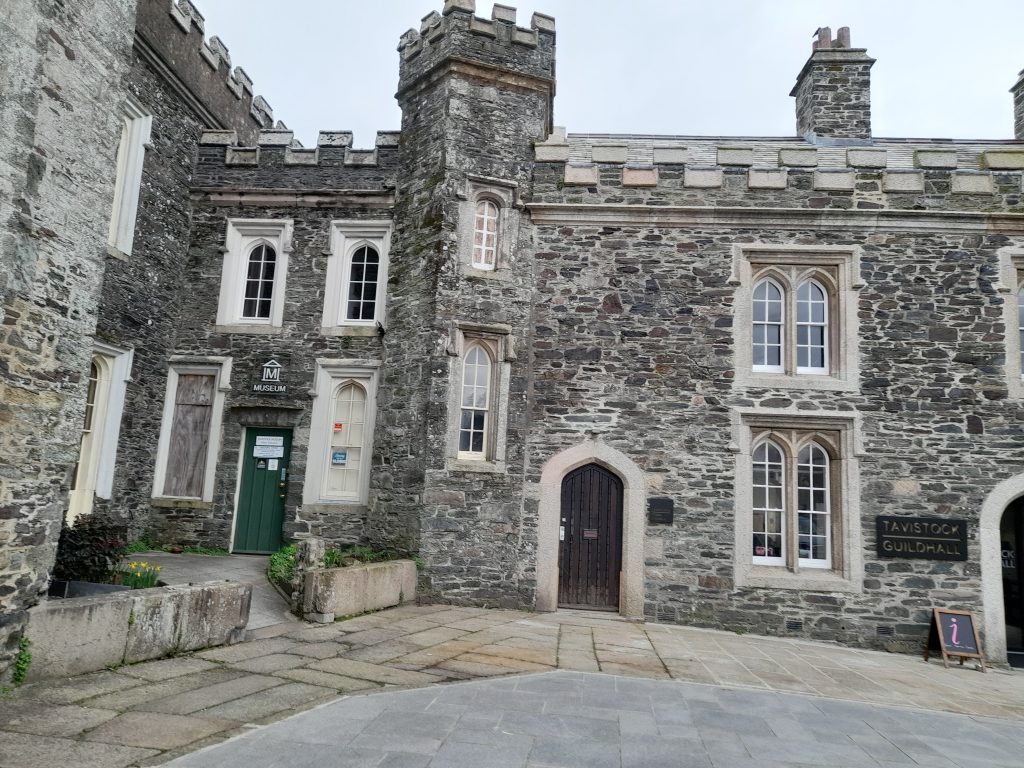
In 1305, Tavistock was one of Europe’s richest sources of tin and was one of four stannary towns appointed by a Charter of Edward I. The tin was stamped and weighed, and monthly courts dealt with the regulation of mining affairs. Tavistock is a thriving town with a market being held most days, and stalls are also set up in Bedford Square. I find it is an excellent place to buy plants for the garden.
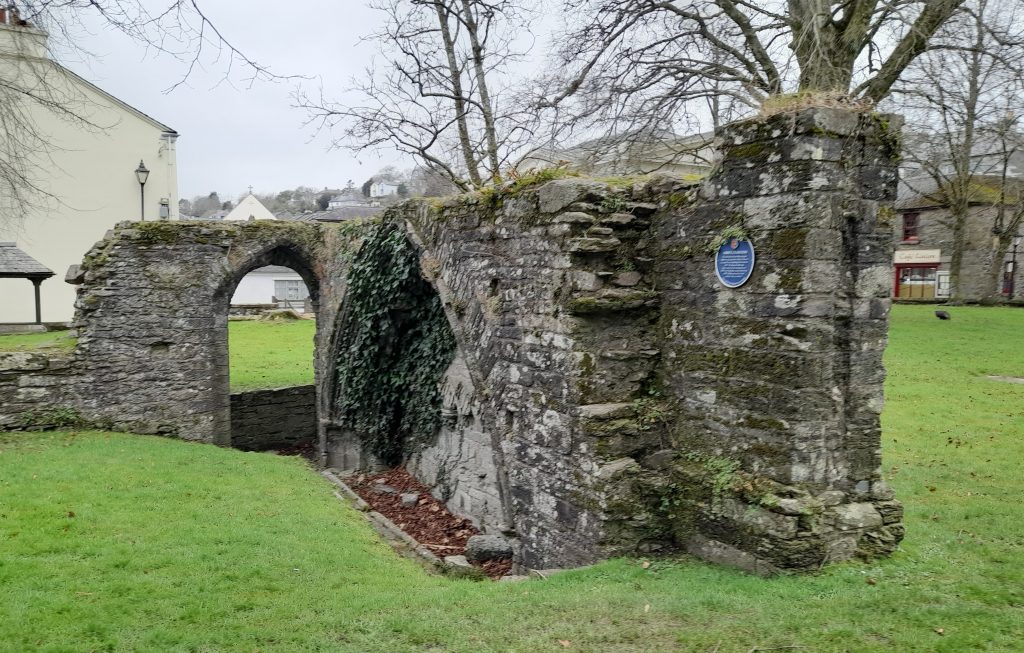
This is all that remains of the Cloisters of the Benedictine Abbey which adjoined the Abbey Church, a magnificent building, dedicated in 1318. It fell into disrepair following the dissolution of the monastery in 1539 and was demolished by 1700.
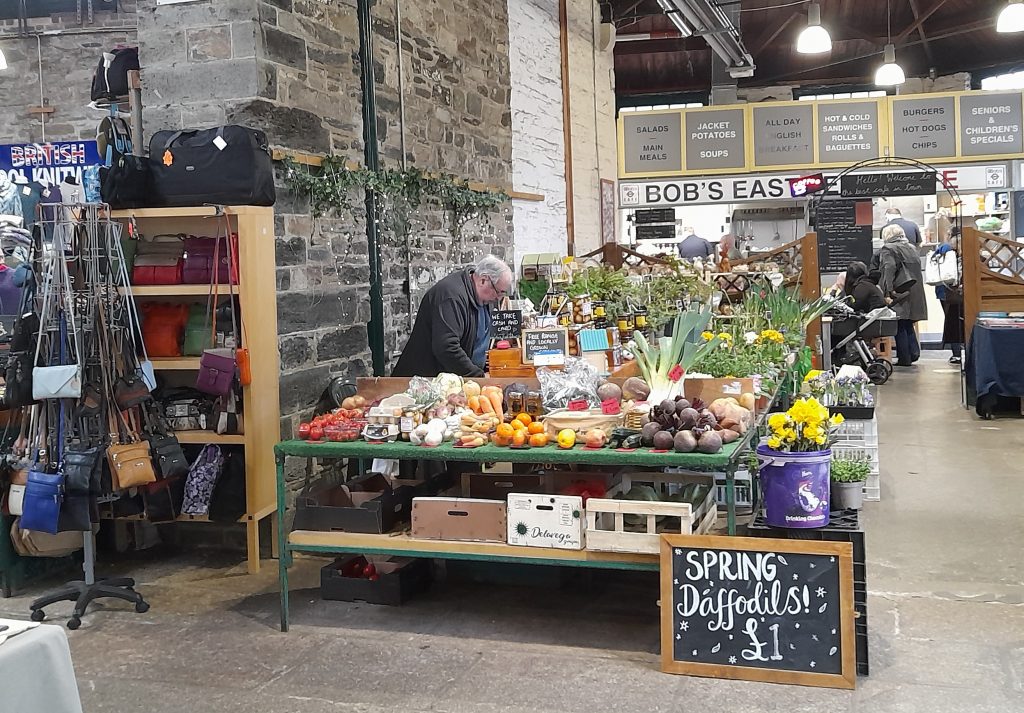
The covered market is a joy to visit with many stalls selling local produce and goods of every description. There is a cafe in one corner which offers very reasonable meals and snacks.

The covered market (the building on the left of the photo) is situated within a square where there are many local shops, such as butchers, greengrocer, and little cafes.
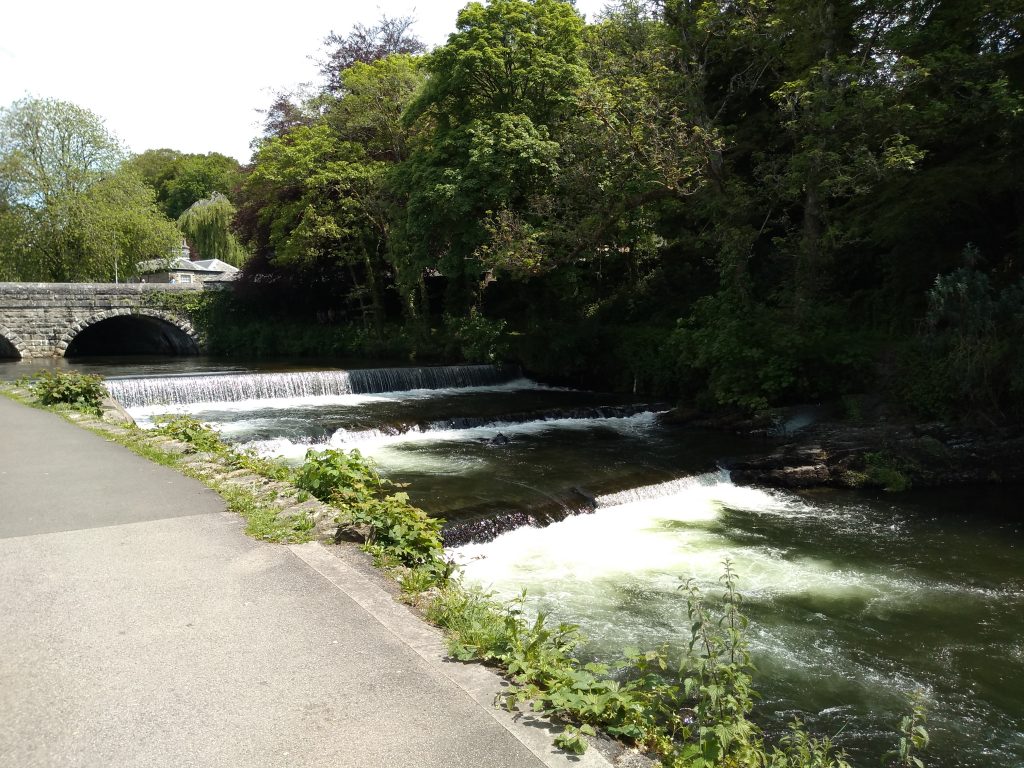
This is a photo of a lovely walk alongside the River Tavy.
Tavistock is also known as the birthplace of Sir Francis Drake, who was born in 1542 in a farmhouse at Crowndale, just to the west of what is now Tavistock College. He was the first Englishman to circumnavigate the world from 1577 to 1580, and is, of course, best known as one of the English commanders in the famous victory against the Spanish Armada in 1588. Drake later made his home at Buckland Abbey, about eight miles from Tavistock towards Plymouth.
Tavistock is also famous for its annual Goosey Fair which dates back to the early 12th Century, when a Michaelmas Fair was held every year on 29th September. When the new calendar was introduced in 1752, with the loss of 11 days, the date was changed to 10 October and it is now held on the second Wednesday in October each year. It is thought the name Goose Fair came about because farmers brought their geese ready for fattening for Christmas. It provided an opportunity for business and animal trading and was a social event enjoyed by all. The Goosey Fair is still held every year and market traders come from all over the country to sell their wares. Stalls, fairground rides, and sideshows are set up in the centre of the town. However, I can’t tell you about the show from experience as I have never been – but it is on my “to do” list!
Following an enjoyable morning spent in Tavistock rounded off with lunch in one of the numerous cafes, we often proceed to Cotehele House, one of our favourite National Trust properties. Cotehele House is situated in the parish of Calstock, in the East of Cornwall, and not far from Tavistock. The rambling granite building is situated high above the River Tamar and was built by the Edgecumbes. Sir Richard Edgecumbe came into the property after fighting for Henry Tudor in the Battle of Bosworth in 1485 and began building Cotehele soon afterwards. However, it replaced an earlier building believed to date back to the 1300s. The house remained in the possession of the Edgecumbe family for nearly six hundred years and was the first property to be accepted by the Treasury in payment of death duties.

The hall has an ancient timber roof and an impressive display of weapons, and the tapestry-clad rooms have changed little since Tudor times. It is worth keeping an eye out for the famous Cotehele Clock, the earliest turret clock in the United Kingdom. It’s still in its original position and is in full working order. It does not have a face but is attached to a bell which strikes the hour.
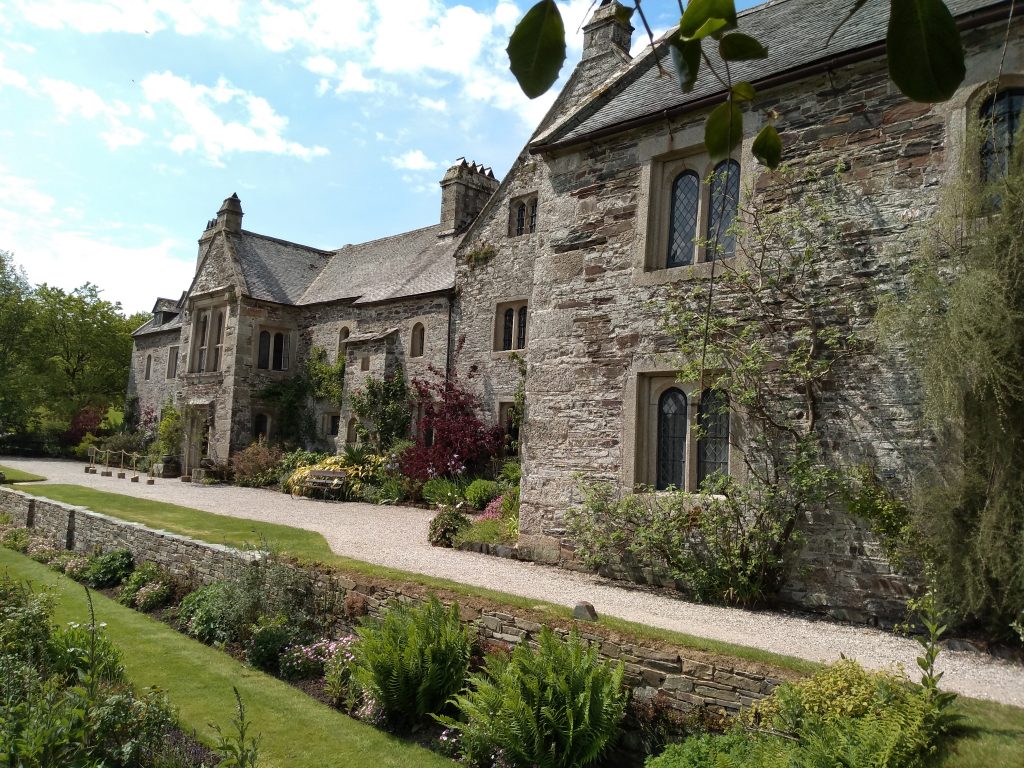
The gardens at Cotehele are beautiful, particularly in the spring when there are wide swathes of bluebells. The grounds are planted with many rhododendrons and stretch down to the quay on the River Tamar, via a picturesque stony path. The Prospect Tower, a folly, was built in 1789 by the 2nd Earl of Mount Edgecumbe to celebrate a royal visit of King George III. The National Trust renovated the tower in 1947 and installed a wooden spiral staircase to allow visitors to climb to the top from where there is an amazing view.
The grounds are beautifully landscaped and although it is a steep walk down to the river at the bottom it is well worth the effort.
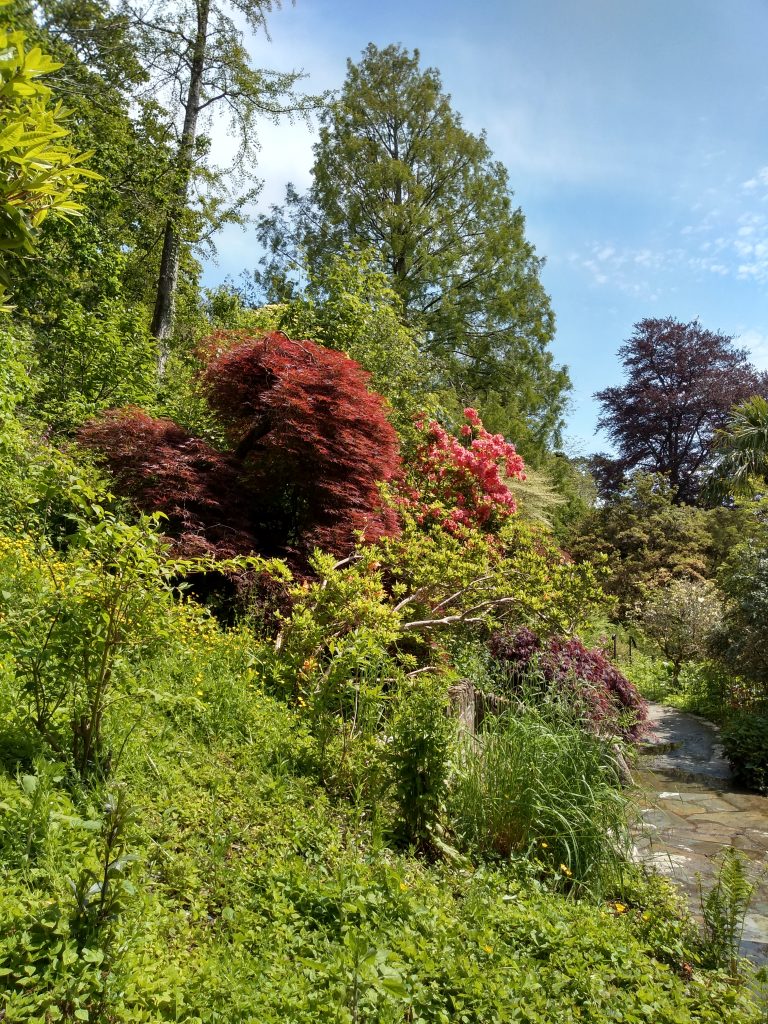
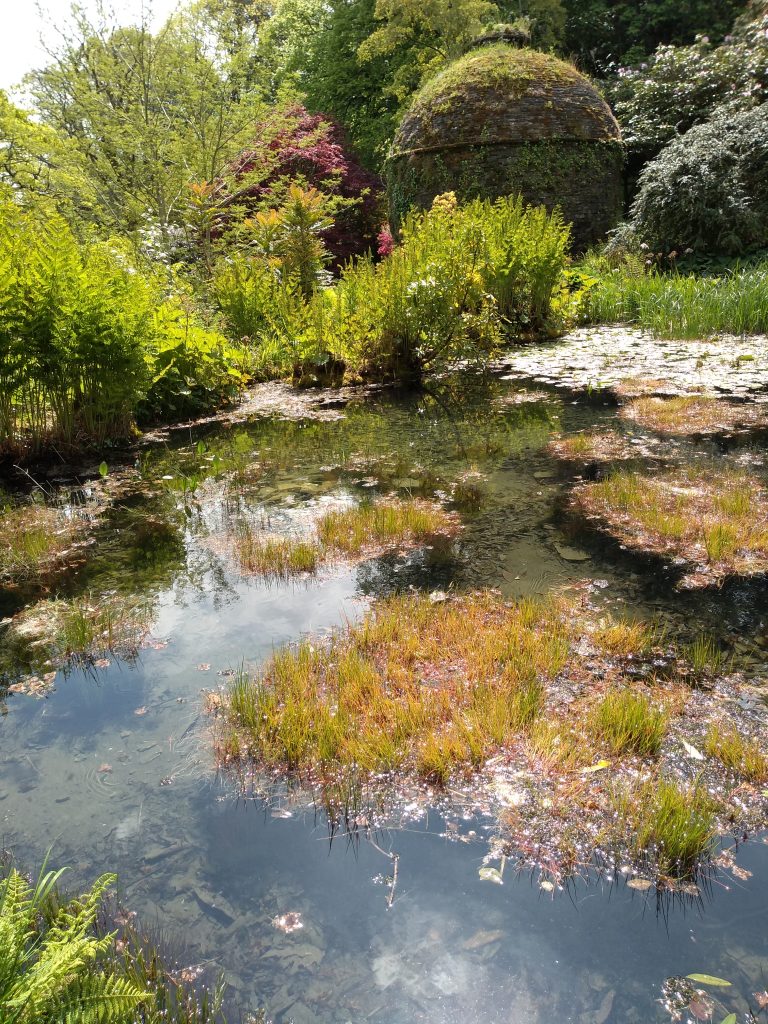
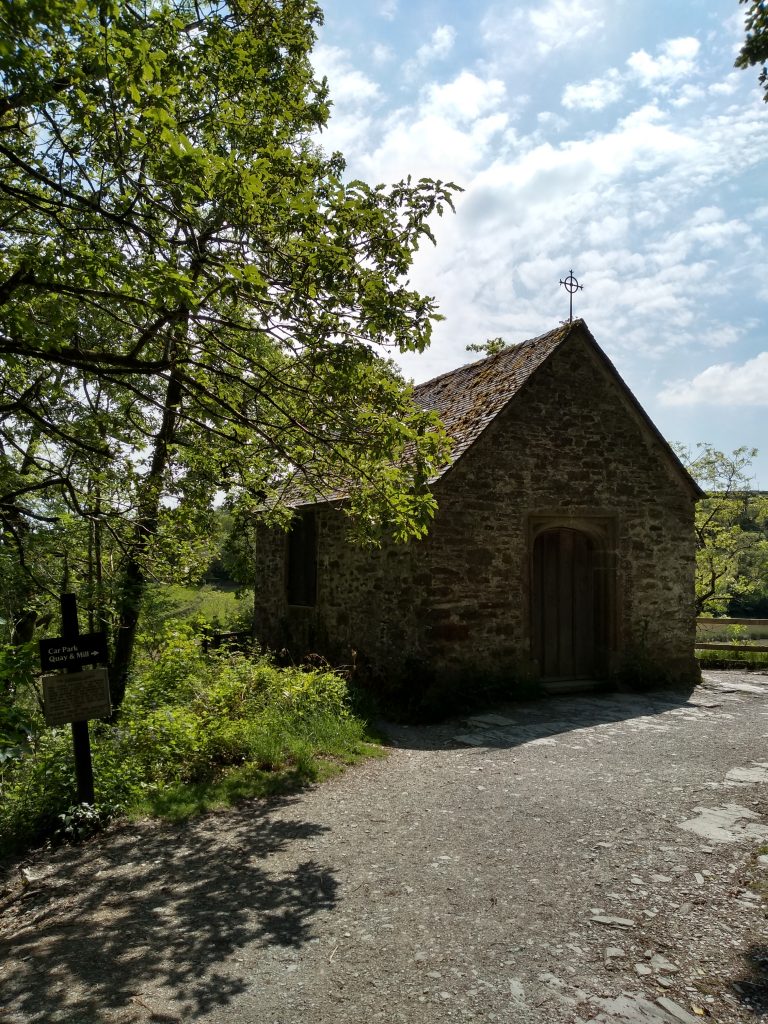
On the woodland walk from Cotehele House to the River Tamar below is a peaceful ancient chapel. It was built between 1485 and 1489 by Sir Richard Edgecumbe in thanks for his escape in that very spot from forces loyal to Richard III. Inside are pews going around the walls, two minister’s benches, and an ornate table. It is dedicated to St George and St Thomas A Becket.
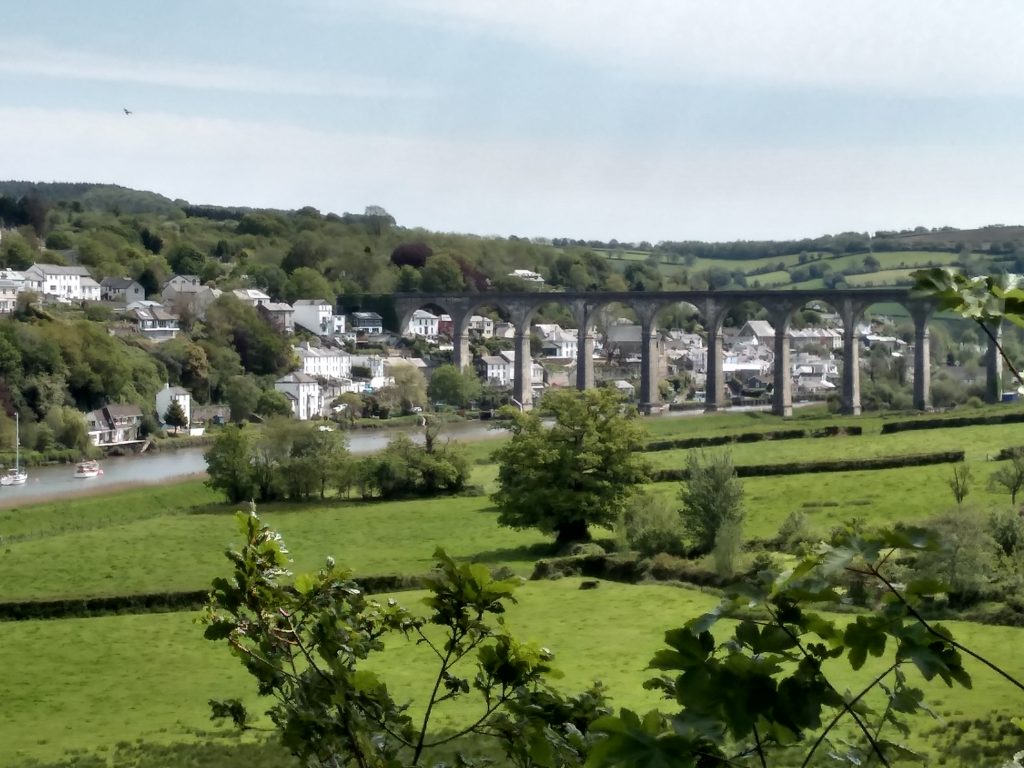
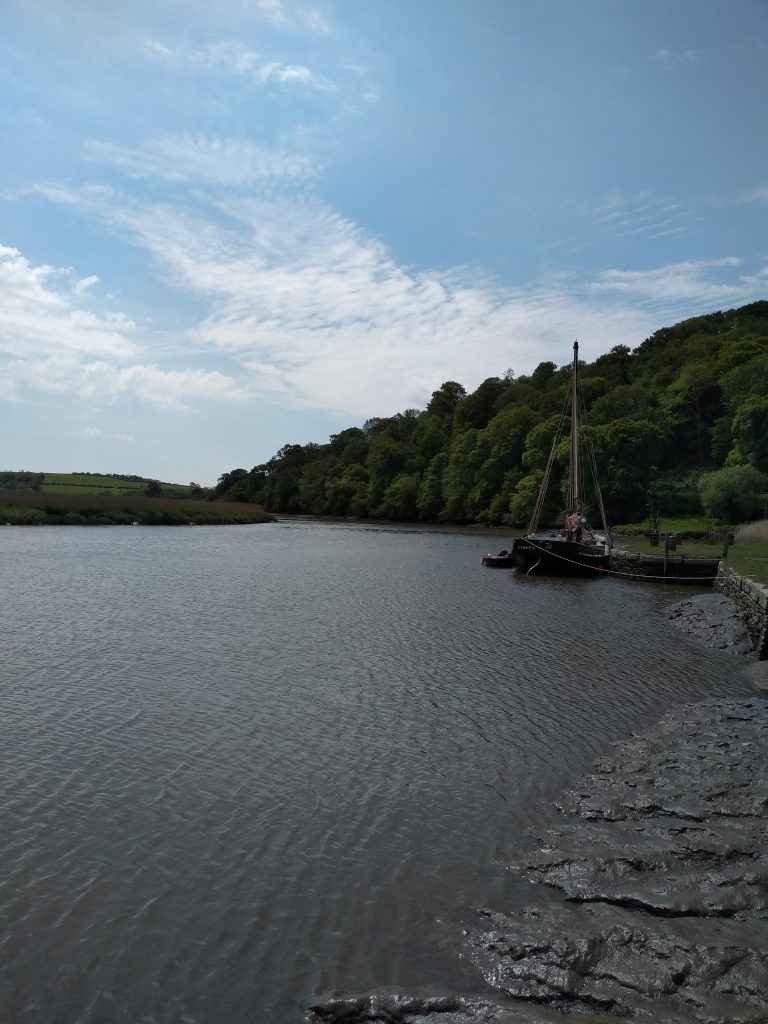
The woodland path eventually arrives at Cotehele Quay where the Morden stream feeds the estate mill. The mill once ground grain brought up river from Plymouth on a barge called The Myrtle and was also used to drive a sawmill and generator for electricity. The Grade II listed mill has been restored to working order and produces flour for use in the restaurant and also for sale. There is a small teashop which sells snacks and ice creams and it is a pleasant place to sit and admire the view.
A thoroughly enjoyable day out, which I strongly recommend.
0 Comments